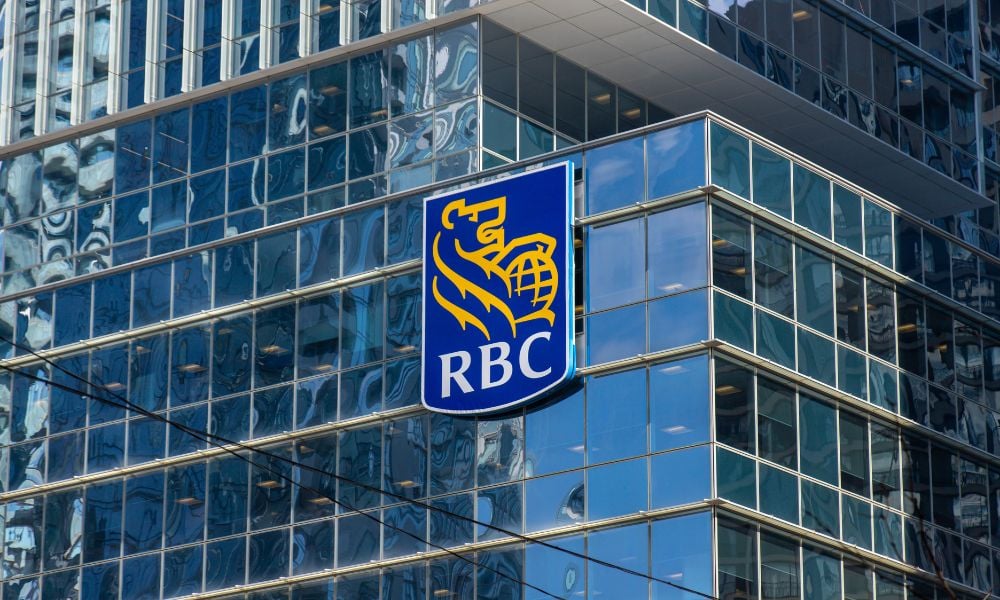Year-over-year price rises were modest nationwide, new report reveals

It’s been a disappointing year for the Canadian housing market with a muted tone amid high interest rates, the cost of living, and economic uncertainty.
Even with rates coming down, activity has been generally weak with small investors among those reluctant to dive in to the cool water in case it takes longer than expected to begin warming up. This cautious note has kept a lid on home prices.
A new report from Royal LePage, released today (October 10) shows the extent of the slow growth for home prices nationally with the median $815,500 up just 1.6% year-over-year, while the quarterly picture is even worse with an aggregate 1.1% decrease in the third quarter after a mostly sluggish summer.
Two markets stand out though for double-digit gains. Quebec City saw an increase of 10.5% year-over-year to take the median price to $388,600 and Red Deer posted a 10.2% increase year-over-year to $426,400. However, both markets slowed to 0.4% quarter-over-quarter.
The largest quarterly decrease in the median home prices among the markets surveyed was the City of Toronto, with a 7.1% decrease to $1,128,900. Year-over-year this market saw a 2.6% decrease. The largest annual decrease was Richmond Hill, down 9.6% to $1,256,200. The quarterly drop was 4.8%.
Greater Montreal’s aggregate home price increased 5.2% year over year, while the GTA was up 0.7% and the Greater Vancouver market gained 0.5%
“Despite three cuts to the Bank of Canada’s overnight lending rate, buyer demand nationally remains weak, particularly among two key groups: first-time homebuyers and small investors,” said Phil Soper, president and chief executive officer, Royal LePage. “First-time buyers, who are more sensitive to interest rates, are adopting a wait-and-see attitude. With home prices essentially flat and interest rates steadily declining, they perceive no penalty in postponing their purchase.”
Investor caution
Addressing the weaker participation of small investors, Soper added that their preference for condos to rent out has had an effect on activity.
“Elevated rates have made the financials unworkable, with carrying costs surpassing rental income. While historically some landlords accept negative cash flow temporarily when properties are appreciating in value, the current flat prices do not justify many investments,” he said.
However, when property values begin rising again, Royal LePage expect both first-time homebuyers and small investors to re-enter the market in significant numbers.
“With further rate cuts from the Bank of Canada likely this year, we anticipate prices will appreciate more quickly, eliminating the advantages of waiting for first-time buyers and making calculations more favourable for investors,” he said.
New rules
As well as lower borrowing costs as rates decrease, Soper expects new mortgage rules to have a positive impact on the Canadian housing market in 2025, although supply remains a key issue.
The changes include OSFI’s recent announcement that from November, there will be no stress test for uninsured borrowers who plan to switch lenders upon renewing their loan, provided they maintain the same amortization schedule and loan amount.
“These changes will have more impact on the early 2025 market than many anticipate. Expect a material bump in activity,” said Soper. “In addition to assisting first-time buyers, raising the cap on insured mortgages expands opportunities for move-up buyers in higher-priced markets, thereby freeing up inventory for new homeowners entering the market.”



